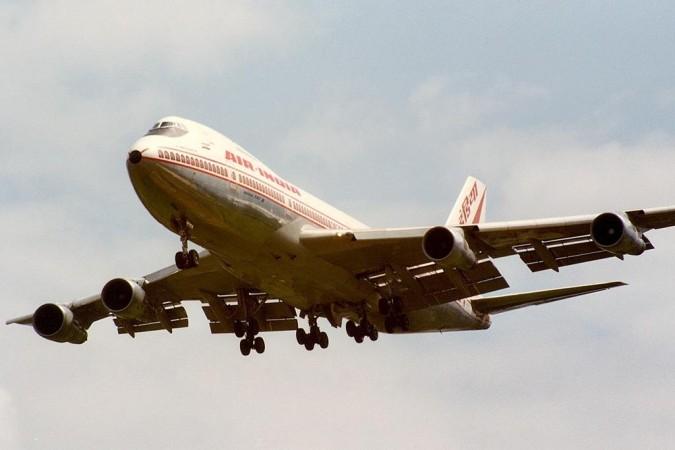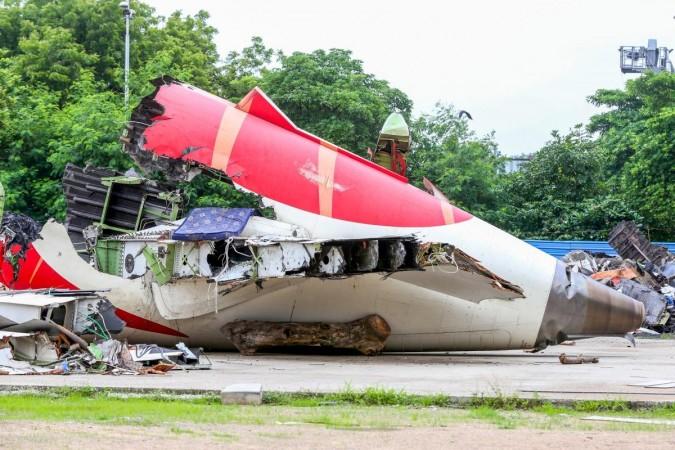
The tragic crash of Air India Flight AI-171 on June 12, 2025, has left a deep scar on families in India and the United Kingdom. The Boeing 787-8 Dreamliner, bound for London Gatwick, crashed shortly after takeoff from Ahmedabad, resulting in the deaths of 241 passengers and crew, along with 19 individuals on the ground. This catastrophic event has not only shocked the aviation community but has also initiated a comprehensive investigation and legal proceedings.
In response to the tragedy, 65 families from India and the UK have engaged the services of the renowned US law firm Beasley Allen to explore potential legal action. Mike Andrews, the firm's lead aviation attorney, has been actively involved, visiting the crash site in Ahmedabad and meeting with grieving families. Andrews highlighted the families' urgent need for justice and clarity regarding the incident. "A lot of these families want to know what happened, why it happened, and what legal options are available," he stated.
The majority of the families represented by Beasley Allen hail from Gujarat and the Union Territory of Diu, with many being Indian-born British nationals. Depending on the investigation's outcome, these families may pursue a product liability lawsuit in the United States, especially if Boeing is found culpable. Andrews noted that the US legal system offers more robust mechanisms for holding corporations accountable through its product liability laws. "We expect these cases to be filed in a US federal court if Boeing is found responsible," he added.

Investigation and Government Response
The crash has prompted a thorough investigation led by India's Directorate General of Civil Aviation (DGCA). Initial findings have ruled out a bird strike, as no bird remains were found at the crash site. The aircraft's loading was routine, eliminating a center-of-gravity issue, and both pilot error and simultaneous engine failure were deemed unlikely. Authorities have ordered inspections of all Boeing Dreamliners in the fleet, including B787-8 and B787-9 models. The recovery of the flight data recorder and cockpit voice recorder is expected to significantly aid the investigation.
The crash site has been a focal point for investigators and legal teams. Andrews and his team have visited the site, taken photographs, and interviewed witnesses. "The extent of the devastation is enormous," he remarked. The Indian government has been urged to release the flight data recorder and cockpit voice recorder data promptly to enable independent analysis by specialists and lawyers.
In the wake of the crash, the Indian government has responded swiftly. Under the leadership of Chief Minister Bhupendra Patel, a dedicated government apparatus was activated to ensure a coordinated response. District-level accounting officers and other designated officials have been appointed as Nodal Officers to facilitate the smooth and timely disbursement of insurance and compensation claims to the legal heirs. Help desks of New India Assurance, HDFC Life Insurance, and LIC have been established at the Civil Hospital to assist affected families with insurance claims.
Community Impact and International Attention
The crash has not only affected the families of the victims but has also left a mark on the broader community. In Agra, relatives and villagers have been gathering at the Lavania family home to offer condolences, reflecting the profound sense of loss experienced by the entire community. The crash has also drawn international attention, with British Prime Minister Keir Starmer describing the scenes at the crash site as "devastating." The United Kingdom is working with Indian authorities to urgently establish the facts around the crash and to support those affected.
The Air India crash is the latest in a series of serious and fatal events in the civil aviation industry this year. The Boeing 787 Dreamliner, introduced in 2009, has a good track record for safety, with more than 1,000 aircraft delivered to airlines worldwide. However, the crash has raised questions about the aircraft's safety and maintenance. Federal regulators had previously grounded the entire 787 fleet worldwide for more than three months in 2013 after lithium-ion batteries caught fire on two of the aircraft.
The investigation into the crash is ongoing, with authorities collecting flight data, voice recordings, and witness accounts. Boeing representatives and officials are also expected to assist the ground staff. The National Transportation Safety Board has announced that it will lead a team of U.S. investigators to assist in the crash investigation.
Emergency Response and Historical Context
The crash has also highlighted the importance of emergency response and support for affected families. Air India has set up a dedicated passenger hotline to provide more information to families seeking updates. The airline has also sent a "special team of caregivers" to Ahmedabad to provide support.
In the history of aviation, there have been several similar incidents where families have sought legal recourse following a crash. One notable example is the crash of Air France Flight 447 in 2009, where families pursued legal action against Airbus and Air France. The crash, which occurred over the Atlantic Ocean, resulted in the loss of all 228 people on board. The investigation revealed a combination of technical and human errors, leading to changes in pilot training and aircraft design.
The Air India crash is a tragic event that has left a lasting impact on the families of the victims and the broader community. As the investigation unfolds, the pursuit of justice and accountability remains a priority for the families affected by this devastating incident. The crash serves as a stark reminder of the importance of safety and transparency in the aviation industry, as well as the need for robust mechanisms to support those affected by such tragedies.









